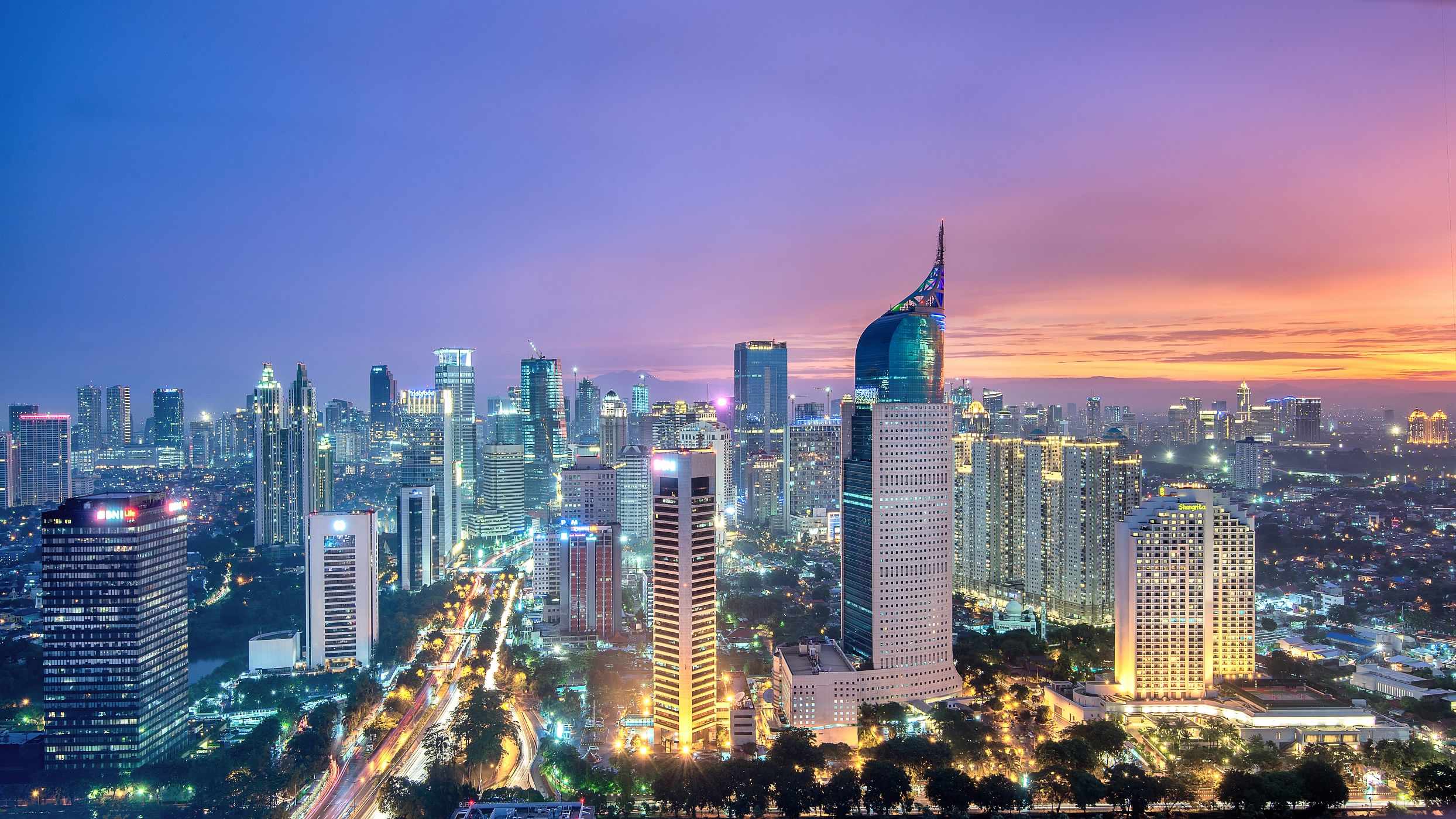
Business
16:19, 07-May-2018
China-Indonesia economic ties: In numbers
Nicholas Moore

Chinese Premier Li Keqiang is set to attend a China-Indonesian business summit on Monday, as part of an official visit to Indonesia, the first stop on his first overseas trip since the new cabinet took office in March.
Li will hold talks with Indonesian President Joko Widodo and Indonesian Vice President Jusuf Kalla, with the visit also set to include the signing of cooperation documents between the two countries.
Read on for more on the background of economic ties between Beijing and Jakarta.

CGTN infographic
CGTN infographic
Talks to focus on trade
China and Indonesia are marking the fifth anniversary of the establishment of the China-Indonesia comprehensive strategic partnership, with bilateral trade between the two countries growing by 18 percent in 2017 to 63.3 billion US dollars.
Indonesia sent 28.5 billion US dollars’ worth of exports to China in 2017, according to the country’s embassy in Beijing. Indonesia is the world’s biggest source of palm oil exports, with China and India the world’s two largest markets for the resource.
Indonesia is China’s second biggest source of coal imports after Australia, exporting 1.68 billion US dollars’ worth between January and August 2017, while it remains Jakarta’s biggest market for tropical fruit, importing 325,000 tons of Indonesian mangosteens, bananas and pineapples in the first three months of this year.
China exported 34.8 billion US dollars’ worth of goods to Indonesia last year, with electrical equipment, machinery and steel among the main exports sold to the world’s fourth most populous nation.

Indonesian President Joko Widodo. /VCG Photo
Indonesian President Joko Widodo. /VCG Photo
Prior to Premier Li’s arrival in Jakarta on Sunday, Indonesian Foreign Minister Retno Marsudi told reporters “this meeting will be used by the president [Joko Widodo] to increase exports from Indonesia to China,” adding “we want quality investment that really brings benefits and supports development. We never see it as zero-sum and want to ensure a win-win situation.”
China to boost “10 new Balis” tourism project
Last year, Indonesia set out a blueprint for developing its tourism industry, including plans to develop a series of new resorts and travel destinations dubbed the “10 new Balis.”
By 2019, Indonesia wants to attract 10 million visitors to the new destinations and create an industry worth 20 percent of GDP, with tourism authorities anticipating that Chinese travelers will make up as much as half of all visitors.
While 2017 saw two million Chinese visitors arrive in Indonesia, the country’s tourism office has suggested it needs 20 billion US dollars’ worth of investment into the travel sector to support the “10 new Balis” initiative.
Jakarta is hoping that China, which invested 5.5 billion US dollars in the country in 2017, will provide more financial backing, as well as a few million more money-spending tourists.
Indonesian Tourism Minister Arief Yahya told South China Morning Post in February “we believe that China will be the largest foreign investor in Indonesia this year, so don’t hesitate to invest in Indonesia.”
AIIB’s key role in Indonesian infrastructure
Indonesia was one of the first countries to benefit from funding from the Asian Infrastructure Investment Bank, receiving 216.5 million US dollars in June 2016 from the AIIB and the World Bank with the aim of upgrading slum areas in the country.

A worker cleans a steel construction on the new Depok-Serpong highway road on the outskirts of Jakarta, Indonesia, April 18, 2018. /VCG Photo
A worker cleans a steel construction on the new Depok-Serpong highway road on the outskirts of Jakarta, Indonesia, April 18, 2018. /VCG Photo
Last March, two further projects jointly-funded by the AIIB and the World Bank were announced. Two hundred million US dollars was pledged towards regional development and a further 250 million US dollars towards repairing 140 Indonesian dams.
Indonesia and the Belt and Road
Further investment as part of the Belt and Road Initiative has seen work get underway on a 142-kilometer-long high-speed railway link between capital Jakarta and second biggest city Bandung, with a loan from the China Development bank covering 75 percent of the cost for the 5.5 billion US dollar project.
PT Kereta Cepat Indonesia-China, a joint venture between the two countries, will pay the rest of the bill, with the rail line originally scheduled to enter operation in 2019.

Indonesian President Joko Widodo (2nd L) and the general manager of China Railway Corp. Sheng Guangzu (C) at a ground breaking ceremony for the Jakarta-Bandung fast-train railway line in Walini, West Java province, Indonesia, January 2016. /VCG Photo
Indonesian President Joko Widodo (2nd L) and the general manager of China Railway Corp. Sheng Guangzu (C) at a ground breaking ceremony for the Jakarta-Bandung fast-train railway line in Walini, West Java province, Indonesia, January 2016. /VCG Photo
Belt and Road cooperation is also set to extend to much-needed spending on infrastructure, with the World Bank reporting in 2016 that Indonesia faces a 600 billion US dollar funding gap when it comes to building roads, ports, railways and energy facilities in the next five years.
Last month, Indonesian media reported that 23.3 billion US dollars’ worth of deals had been signed between Beijing and Jakarta, including a 17.8 billion US dollar hydropower plant on the Kayan River as well as four other major energy infrastructure projects.

SITEMAP
Copyright © 2018 CGTN. Beijing ICP prepared NO.16065310-3
Copyright © 2018 CGTN. Beijing ICP prepared NO.16065310-3